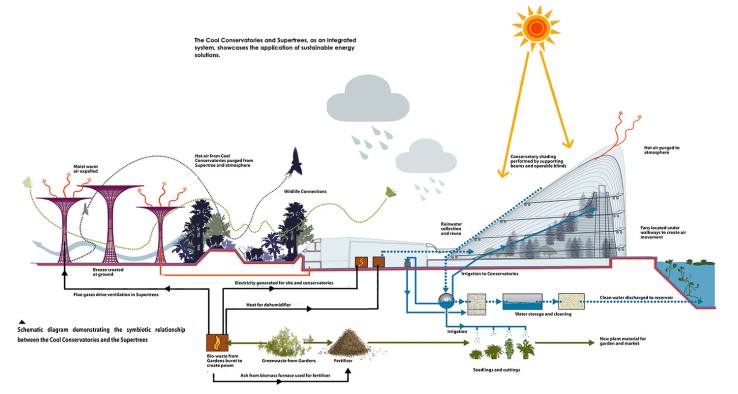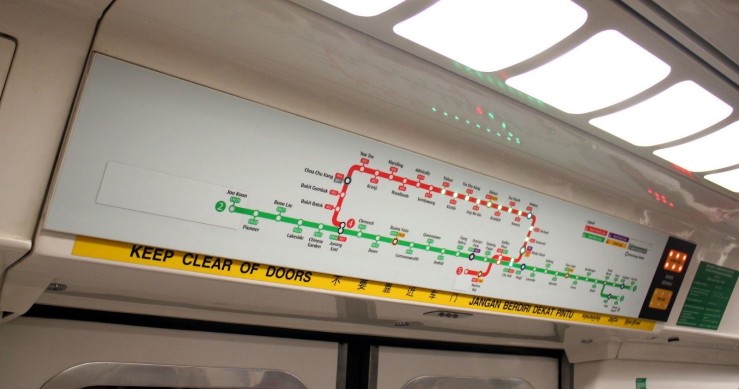Hawker Food, the local cuisine in Singapore, highlights the cosmopolitan outlook, which constitutes food characteristics of China, Malay, Indian, Peranakan, Eurasian (Tan 2008). Since the development of urbanisation in the mid-20th century, the government has purposefully rebuilt hawker centres including appropriate sanitation (Ours SG Heritage n.d.). However, the traditional street hawker culture has suffered as hawker stall keepers has aged and the younger generation who have lost touch with the skills (Tarulevicz 2017). This blog will outline the effects of the design initiative which addresses the challenge of heritage about hawker culture on the awareness of citizens and sustainable plans. As well, the local context shaping the design will be analysed relating the social issues.
Recently, Our SG Hawker Culture Exhibition was held by the National Heritage Board in order to garner public support for the inclusion of hawker culture on the UNESCO Representative List of the Intangible Cultural Heritage (Keong 2018). The design proposal shows a graphic response to provide the knowledge of hawker food to stimulate the respect of citizens.
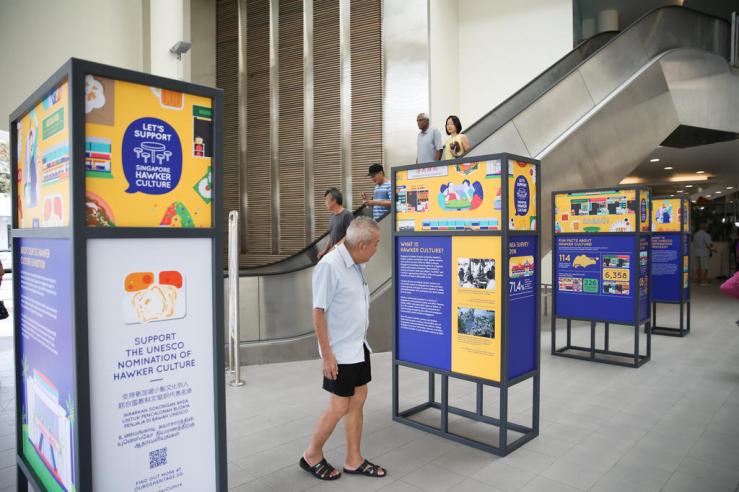
The graphic exhibitions display the knowledge of hawker culture. (Fong 2018)

Participants can leave their memories on stickers and hang on the wall. (Kwan 2018)
The public consciousness of Singaporeans about hawker culture can be improved through the visual expression and interactivity in the design method. For example, the knowledges of hawker culture including the history and the reason of the nomination, are imparted via the graphic walls. The four facial languages words are used engagingly with illustrations and photographic in the multicultural context. Also, participants could leave their comments about their memories to hawker food on stickers and hang on the wall. In this way, visual identity and interaction with citizens, provides a platform that publicises the significance of unique food heritage and enhances the awareness about the protection of intangible culture. More importantly, the appreciation of young generations to hawker culture could be contributed for the survival of hawker culture (Asyraf 2018). An increasing number of hawkers who are 59 years at median age have retired, but their manual skills are losing, because young people are more willing to writing listicles of hawker food, which will bring about more economic benefits for them, compared to running stalls (Tan 2017). Meanwhile, they would be attracted by other high-status occupation (Bharati 2018).

People can support hawker culture via pressing the buttom on the wall. (Keong 2018)
The sustainability of hawker culture can be safeguarded via supporting the UNESCO bid from residents. The exhibition offers a designated pledge station for people to give their support through pressing the button. Online support was also available. Asyraf (2018) indicates that there are over 30,000 Singaporeans have pledged their supports online. In fact, gaining supports from young generations is the main purpose to increase the sustainability of hawker culture, which is key to benefit from assistance of the local government. The National Environment Association has launched culinary classes aimed at younger people and developed management courses targeted hawker’s business model. Meanwhile, according to the high-rent problems (Wong 2018), half of market rent assessed for 6 months is provided for one stall with essential equipment, reducing hawkers’ start-up costs significantly (Bharati 2018). Moreover, Ms Denise Tan (Asyraf 2018) states that a sustainable hawker culture can be generated through promoting economic trade presented by the design and management of hawker centres. In history, hawker food transferred from streetside to centres, has promoted the sustainable development, because it maintains the order of public spaces. Previously, street hawking causes the disorderliness of pedestrian flow and difficult street cleansing. Even, it involves the issue of spread diseases caused by the food security (Tarulevicz 2013, p. 69-70). Also, Hawker centres represent regulations about the provision of basic facilities for the preparation and consumption of hygienic food (Duruz & Khoo 2014, p. 102), which is an indispensable condition for the sustainable process. The solar orchid’ plan demonstrates the completed equipment and relocation for sustainability. It displays a mobile and reconfigurable structure on water. Built-in exhaust, gas, water, electrical and waste collection and water recycling are comprised in every pod. This proposal assures the comprehensive equipment and enhance the dining experience, according to decreasing popularity of traditional hawker lifestyle. Also, hawker economy can be promoted on the waterscape, offering a flexible space to adapt the urban development of land for industrialisation and reclamation (designboom 2014). More design plans could be proposed to relieve the challenge of food heritage, because the hawker culture is concerned with the respect and interests from public.

Hawker centres on waterscape (Solar Orchid Plan 2018)
Reference
Asyraf, K. 2018, ‘Getting Singapore’s hawker culture on Unesco’s list: Committee set up to prepare nomination bid, Todayonline, viewed 4 December 2018,<https://www.todayonline.com/singapore/getting-singapores-hawker-culture-unescos-list-committee-set-prepare-nomination-bid>.
Bharati, J. 2018, ‘Government should ‘stay out’ of it: KF Seetoh goes On the Record about preserving hawker food culture’, Channel NewAsia, viewed 4 December 2018,<https://www.channelnewsasia.com/news/singapore/kf-seetoh-makansutra-singapore-hawker-food-on-the-record-10299626>.
Designboom n.d., SPARK plans sustainable floating hawker for Singapore, viewed 2 December 2018, <https://www.designboom.com/architecture/spark-architects-floating-hawker-centre-solar-orchid-singapore-07-04-2014/>.
Duruz, J. & Khoo, G.C. 2014, ‘Growing up transitional: Travelling through Singapore’s Hawker Centres’, Rowman and Litterfield, Eating Together: Food, Space and Identity in Malaysia and Singapore, Maryland, pp. 102-103.
Keong, C. H. 2018, ‘People care, so that debate on hawker centre model: NHB’, Yahoo, viewed 4 December 2018, <https://sg.news.yahoo.com/debate-social-enterprise-hawker-centre-model-good-unesco-nomination-nhb-080736010.html>.
Our SG Heritage n.d., Hawker Culture in Singapore, viewed 4 December 2018,<https://www.oursgheritage.sg/hawker-culture-in-singapore/>.
Tan, J. 2008, ‘Culture on a plate: the gastronomic tale of Singapore stems from its unique cultural tapestry made up of Malays, Chinese, Indians and Peranakans. Julian Tan follows the hawker trail that wend its way through the various ethic enclaves in pursuit of a unique gustatory experience’, Business Traveller Asia Pacific, pp. 46-49.
Tan, H, Y. 2017, ‘Hawker culture must evolve to ensure survival’, The Straits Times, viewed 4 December 2018, <https://www.straitstimes.com/singapore/hawker-culture-must-evolve-to-ensure-survival>.
Tarulevicz, N.2013, Eating Her Curries and Kway: A Cultural History of Food in Singapore, University of Illinois Press, Illnois.
Tarulevicz, N. 2018, ‘Hawkerpreneurs: Hawkers, Entrepreneurship, and reinventing street food in Singapore’, Journal of Business Management, vol. 58, no. 3, pp. 291-302.
Wong, C. 2018, ‘Experts hope Unesco bid will increase support for hawkers’, The Straits Times, viewed 4 December 2018, <https://www.straitstimes.com/singapore/experts-hope-unesco-bid-will-increase-support-for-hawkers>.
Images:
Designboom n.d., SPARK plans sustainable floating hawker for Singapore, viewed 2 December 2018, <https://www.designboom.com/architecture/spark-architects-floating-hawker-centre-solar-orchid-singapore-07-04-2014/>.
Fong, K.M. 2018, The Our SG Hawker Culture travelling exhibition will be showcased to 13 locations over the next three months, including Our Tampines Hub, Toa Payoh Hub, and Central Public Library, TODAYonline, viewed 2 December 2018, <https://www.todayonline.com/singapore/discussion-about-social-enterprise-hawker-centres-useful-singapores-unesco-nomination>.
Keong, C. H. 2018, People care, so that debate on hawker centre model: NHB, Yahoo, viewed 4 December 2018, <https://sg.news.yahoo.com/debate-social-enterprise-hawker-centre-model-good-unesco-nomination-nhb-080736010.html>.
Kwan, J. 2018, Spirted debate shows S’poreans’ passion for hawker culture: NHB, the newpaper, viewed 4 December 2018, <https://www.tnp.sg/news/singapore/spirited-debate-shows-sporeans-passion-hawker-culture-nhb>.
Our SG Heritage n.d., Let’s Support Hawker Culture in Singapore, viewed 4 December 2018, <https://www.oursgheritage.sg/>.

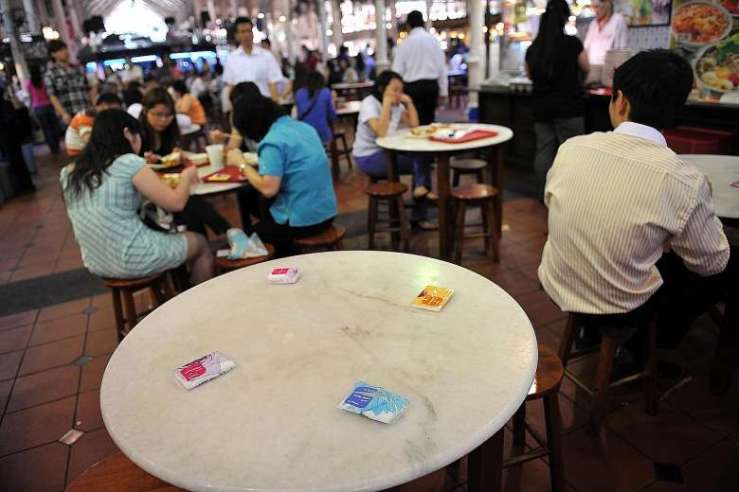
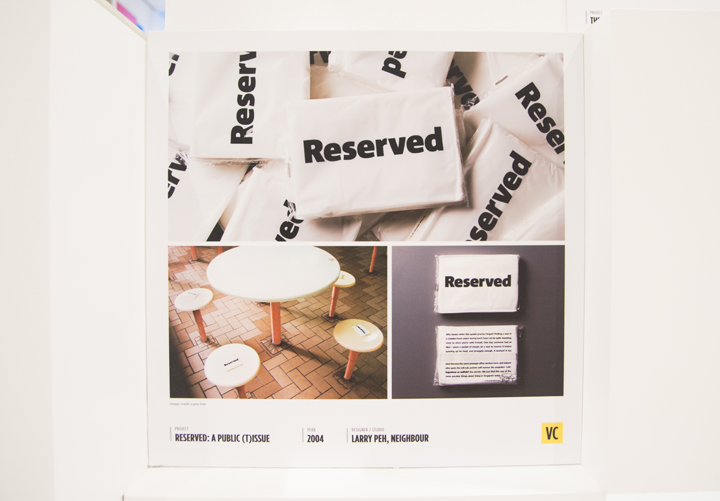






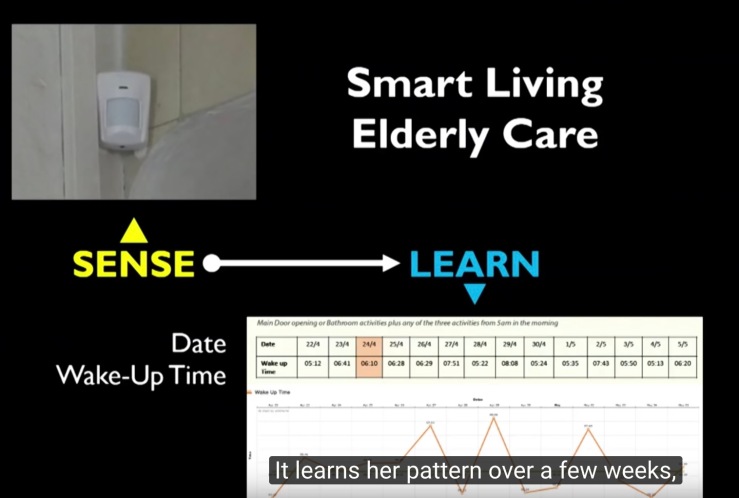 The sensor of Smart living Elderly Care (TEDx Talks 2015, 13:23)
The sensor of Smart living Elderly Care (TEDx Talks 2015, 13:23) Nursers trains the user for the wrist flexion. (TEDx Talks 2015, 14:09)
Nursers trains the user for the wrist flexion. (TEDx Talks 2015, 14:09)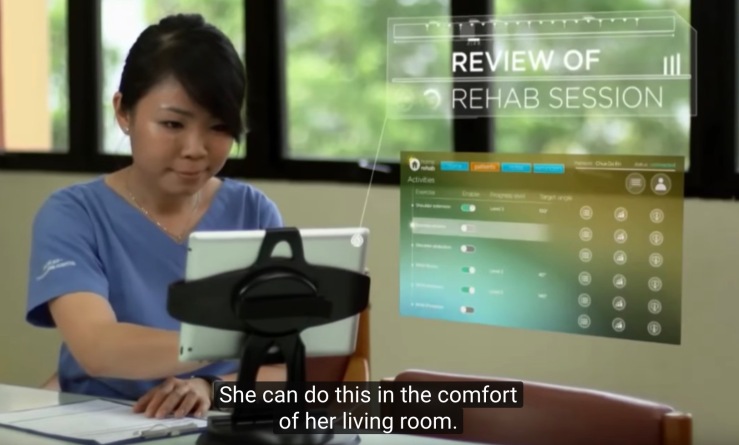
 The user can turn off the appliances via the application on the phone. (Housing & Development Board 2016, 01:09)
The user can turn off the appliances via the application on the phone. (Housing & Development Board 2016, 01:09)
